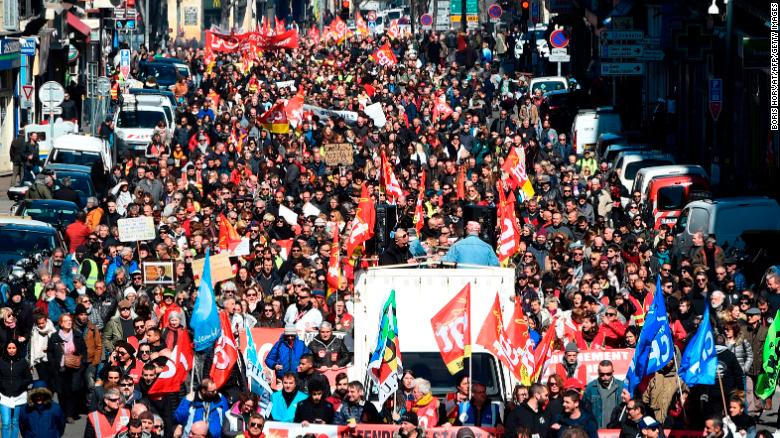Strikes in France
December 12, 2018
On November 17, 2018, protests broke out in France, in retaliation to the new hike in fuel taxes.
These protests have been given the name of the “Yellow Jacket Movement,” which can be attributed to the yellow jackets that French citizens have been wearing while they protest. The yellow jackets have become a symbol of dissatisfaction with the administration of President Emmanuel Macron, according to a source.
Although evidently unpopular, the increase in fuel taxes is for a greater purpose: fighting climate change. Despite the motive behind the new taxes, citizens remain furious. By blockading gas stations as a part of their protest, fuel shortages have occurred. Their protest seems to be somewhat effective, as it has resulted in France delaying their plan to raise their taxes on diesel fuel by 24 cents a gallon and gasoline by around 12 cents a gallon. Despite the temporary pause, the plan is still estimated to come into effect within six months.
According to Macron, the protestors were so aggressive that “more than 240 fires were set on Saturday, including six buildings and more than a 100 cars”. Four people have died, including an 80-year-old woman who, NPR reports, was “hit in the face with a tear gas canister as she tried to close her apartment window”. There was even damage inflicted to the Arc de Triomphe, one of the most famous monuments in Paris.
The people participating in these protests are described mainly as “groups of poor rural, suburban, and exurban French”. It has been difficult for authorities to control the protests, and it is evident they are still struggling as the strikes have yet to end. In their attempts to quell the crowds, police have resorted to the use of gas canisters, stun grenades, and water guns.
It appears that the protests will not stop without the cooperation of the President’s administration. However, only time will tell what the end result will be.












